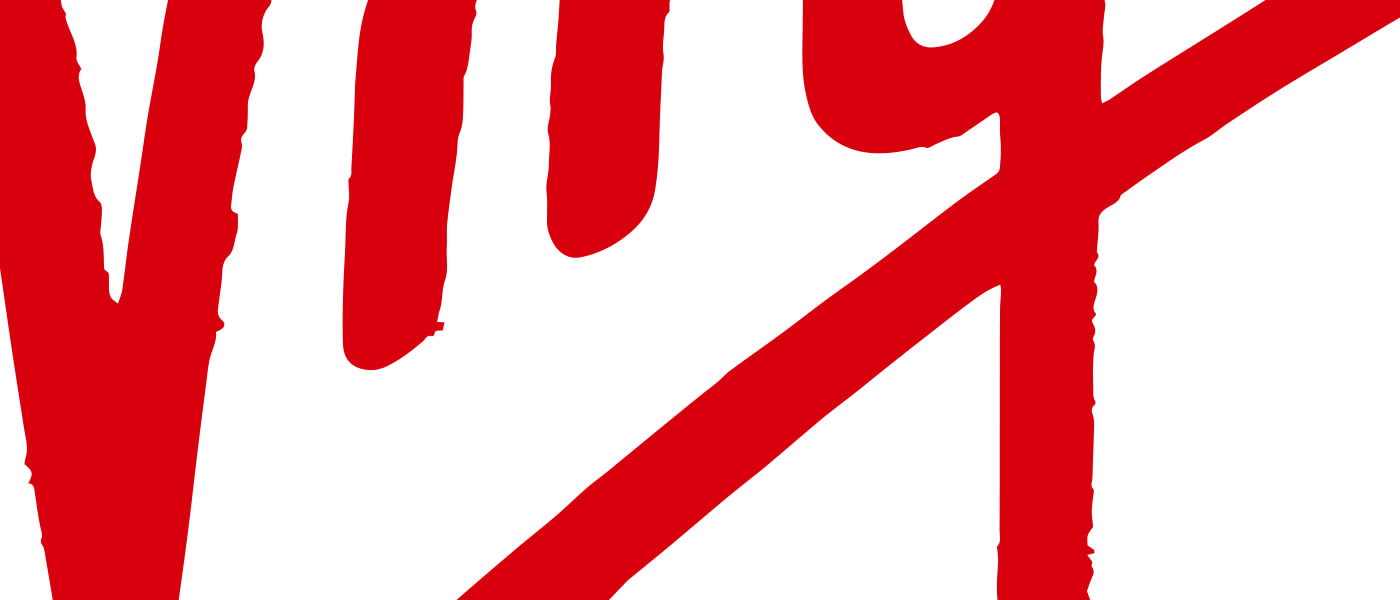What is unconscious bias and why is it important to understand it?
Unconscious bias has become something of a buzzword in corporate circles recently. But what is it and why is it important?
In this article you will learn:
What unconscious bias is
Different types of unconscious bias
How to stop unconscious bias affecting your workplace
What is unconscious bias?
We all have unconscious biases. They are learned sterotypes that are automatic, unintentional, deeply engrained within our beliefs, universal, and have the ability to affect our behaviour. For example, if you're stuck in a car park with a flat tyre, chances are you'd be most likely to approach a man, rather than a woman, if you needed assistance in changing it, this is known as gender bias.
While this unconscious bias may seem innocent, problems can arise when unconscious biases make their way into workplaces.
McKinsey's Deliverng Through Diversity report says that "gender, ethnic and cultural diversity, particularly within executive teams, continue to be correlated to financial performance across multiple countries worldwide." However, when unconscious biases are allowed into the workplace, diversity suffers.
Recruitment efforts can be undermined by unconscious biases that people hold, such as a belief that foreign workers won't have a good enough understanding of English to be able to complete the job, or that only men are suited to the role. Neither of these things are true, but if the person in charge of recruiting holds these unconscious biases then without even realising it themselves, they will disregard anyone who fits into those social groups.
Types of unconscious bias
There are many types of unconscious bias - and, without realising it, you're probably guilty of them already. Here are some of the main biases that can affect workplaces:
Affinity bias - the tendency to 'warm up' to people who are like yourself
Halo effect - the tendency to think that everything about a person is good simply because you like them
Perception bias - the tendency to believe one thing about a group of people based on stereotypes and assumptions, making it impossible to be objective about individuals
Confirmation bias - the tendency to seek to confirm your pre-existing ideas and assumptions about a group of people
Group think - the tendency to try too hard to fit into an existing culture, mimicking others and holding back thoughts or opinions, resulting in the loss of identity and lost creativity and innovation
How to avoid unconscious bias
There are, of course, steps you can take to avoid unconscious bias in your workplace - and many big businesses are now sending all staff on unconscious bias training to reduce its impact on the company. Here are some ways that you can reduce your own unconscious biases and help to prevent them impacting your decision making.
1. Recognise your unconscious biases
Start to think about the unconscious biases you may have. What decisions have you made regarding people without really giving it a second thought? Question why you made the decision that you did.
For example, maybe you believe that men and women are equally capable of leading, but you think that men lack the ability to show empathy the way that women do so you chose a woman for a role that you knew would require empathy. While this might not sound like a negative, decisions should be based on who is the right person for the role, not who is the gender you perceive to be most capable.
Harvard University has carried out research into unconscious bias and has released the Implicit Association Test to help people identify their biases.
2. Focus on people
Rather than thinking about the characteristics of someone's ethnicity, gender or class background, focus on them as an individual. Give them merit on the evidence you see in front of you, rather than what you're expecting based on your own biases.
3. Increase exposure to biases
Once you've identified what your biases are try exposing yourself to them more regularly. This might sound like confirmation bias, but if you seek to prove your biases wrong it can have a positive impact on your behaviour.
Using the example of women being better at showing empathy than men, if you seek out stories of men who have shown great empathy and been highly successful as a result, it will start to challenge your bias.



